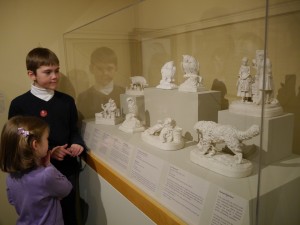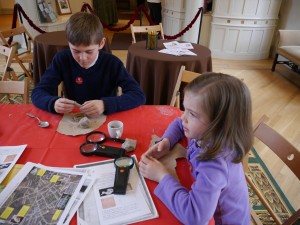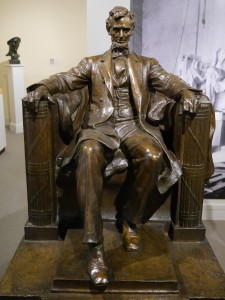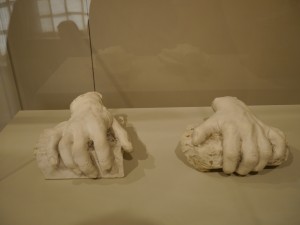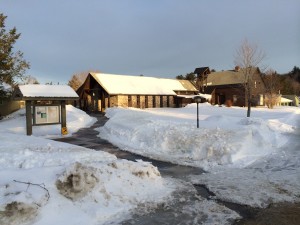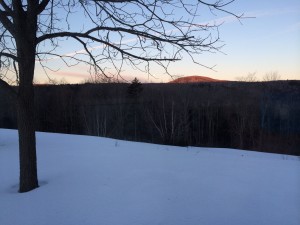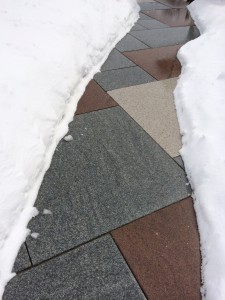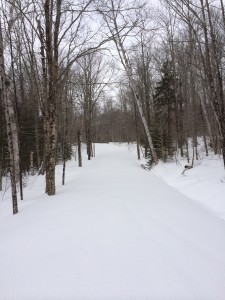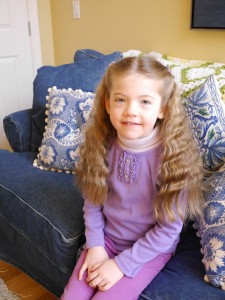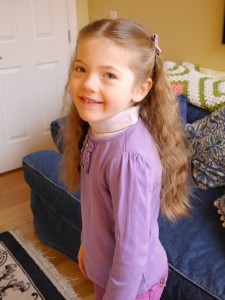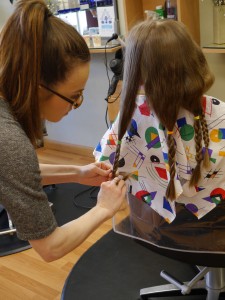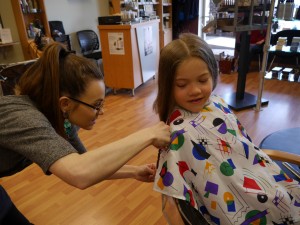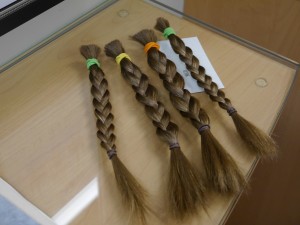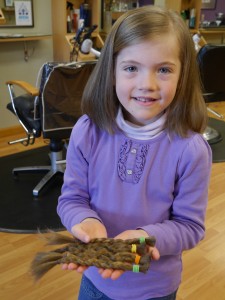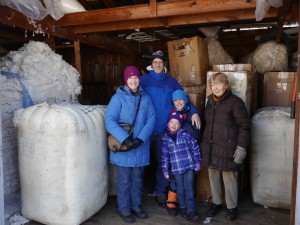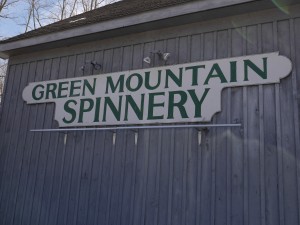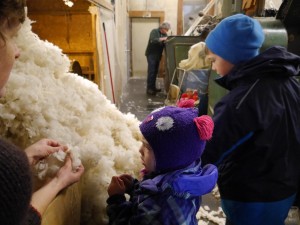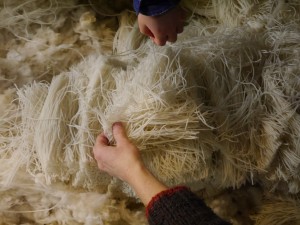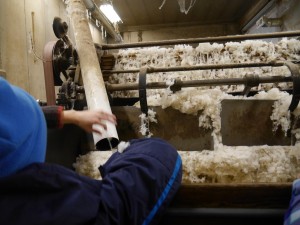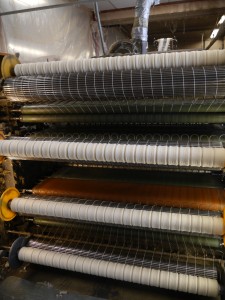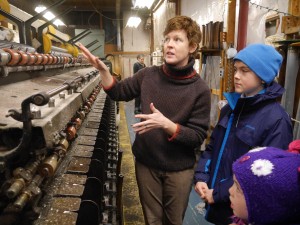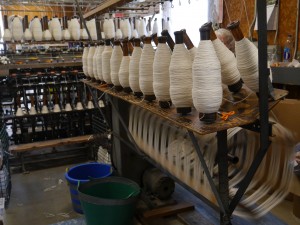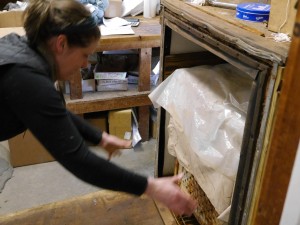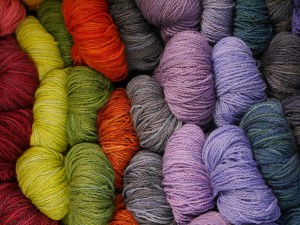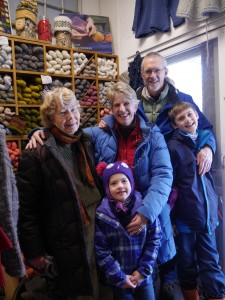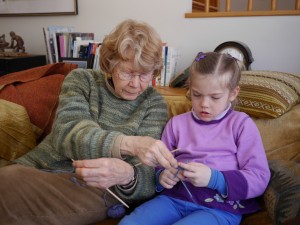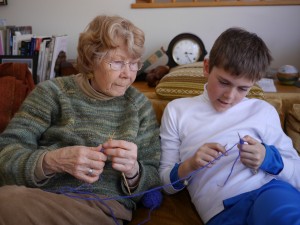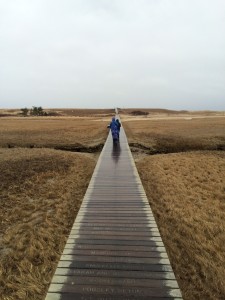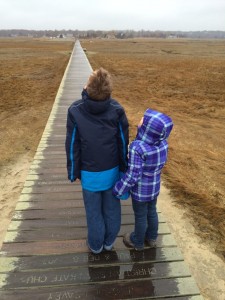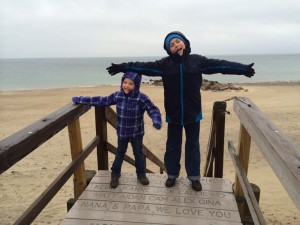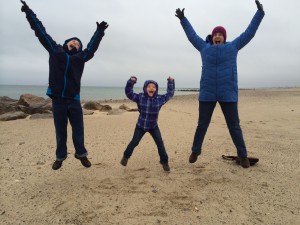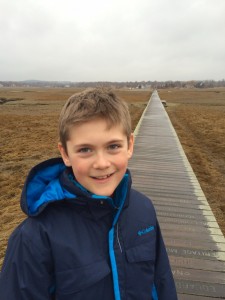The first stop on our pilgrimage arc in the British Isles begins in Dublin, Ireland, adopted home of St. Patrick (5th century), who, kidnapped at age 16 from his family in Roman Britain by Irish pirates, was kept as a slave/shepherd for six years. During this time, the seed of Christian faith, part of his family upbringing, took root within him in a new way. During his 6th year of servitude, Patrick heard a Voice tell him he was soon going home and that his ship was ready. So Patrick escaped, fleeing 200 miles on foot to a port where he persuaded a ship’s captain to allow him on board. He later returned as a missionary to Ireland, bringing the Christian gospel with him.
During our sojourn in Ireland, we look forward to connecting with Augustinian priest Father Martin Nolan, whom Chris and her family first came to know when they were serving as missionaries in Nigeria in 1968-1969. We also look forward to renewing acquaintance with the Davis family, whom Chris met during a college study program abroad in 1984.
Other hoped for connections include deeper exploration of Earth-bound Celtic spiritual roots that found expression in the early forms of Christianity that emerged from Ireland. They also look forward to beholding the Book of Kells, circa 800, and other ancient manuscripts which were products of the scriptoriums associated with monasteries and abbeys of the region. It was the careful work of these scriptoriums, which helped preserve the patrimony of classic Western civilization after Rome fell in the 5th century and the great libraries were set to flame by the invading barbarians. (Read more about this in John Cahill’s masterful book, How the Irish Saved Civilization.) The place of origin of the Book of Kells is generally attributed to the scriptorium of the monastery founded around 561 by St Colum Cille (St. Columba) on the Island of Iona.


